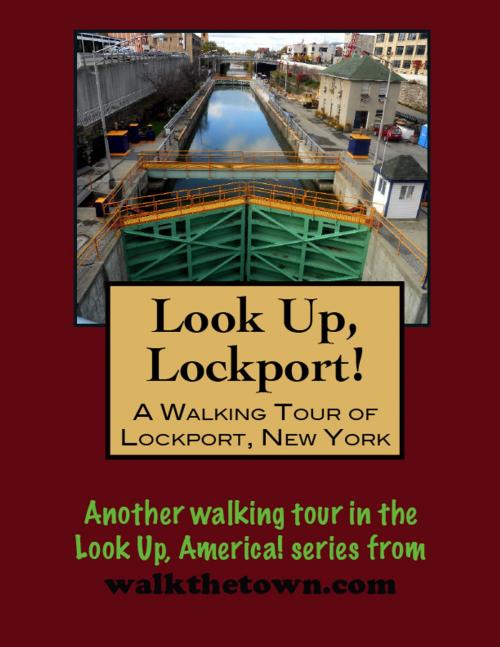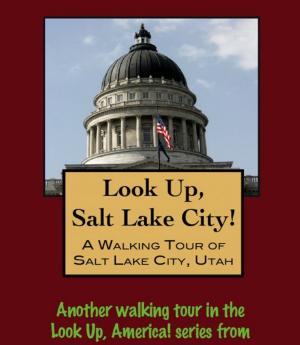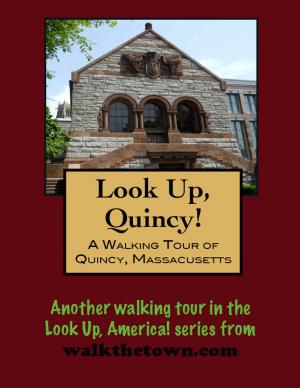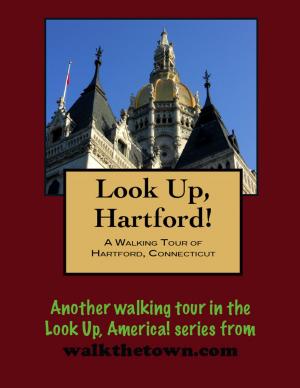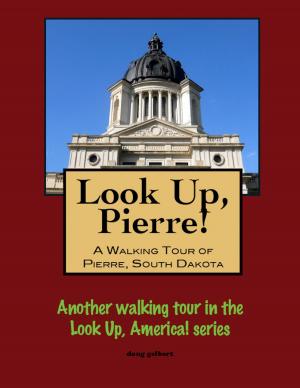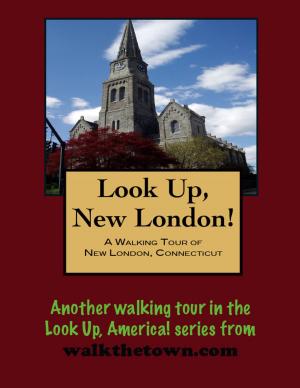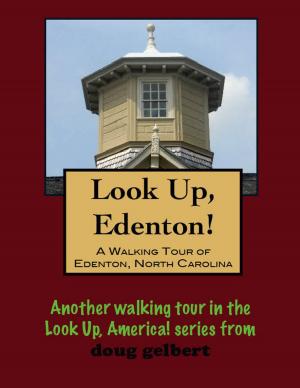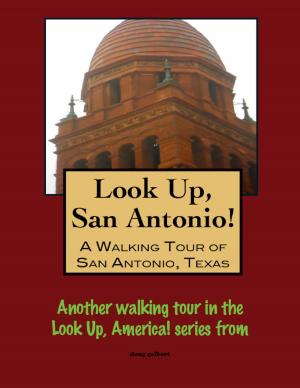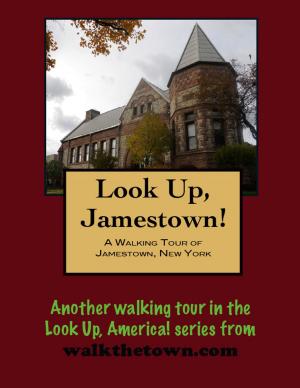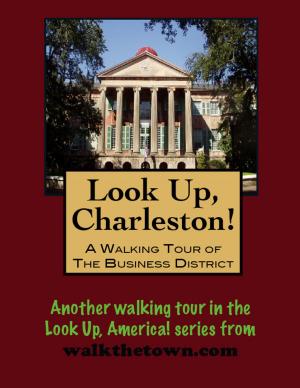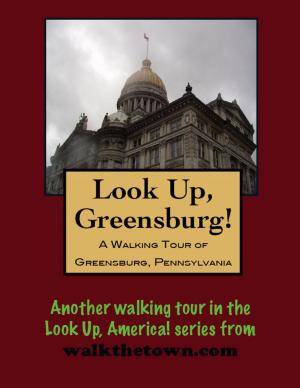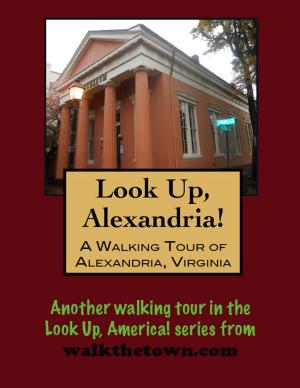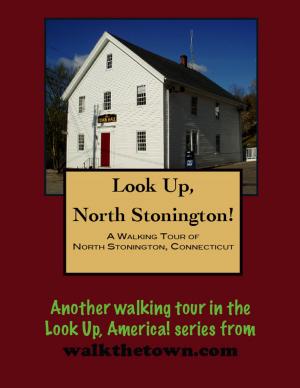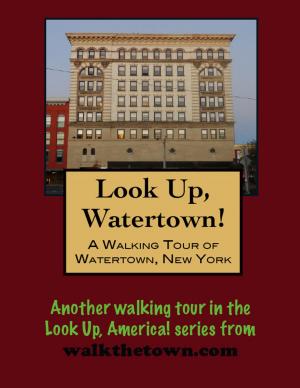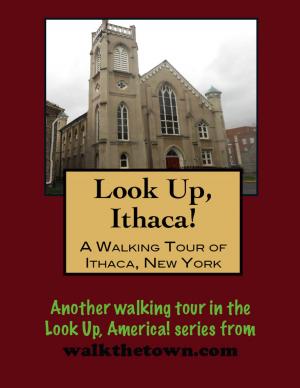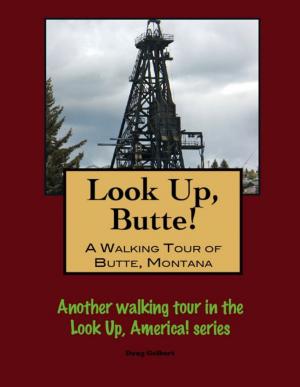| Author: | Doug Gelbert | ISBN: | 9781458175113 |
| Publisher: | Doug Gelbert | Publication: | January 31, 2011 |
| Imprint: | Smashwords Edition | Language: | English |
| Author: | Doug Gelbert |
| ISBN: | 9781458175113 |
| Publisher: | Doug Gelbert |
| Publication: | January 31, 2011 |
| Imprint: | Smashwords Edition |
| Language: | English |
There is no better way to see America than on foot. And there is no better way to appreciate what you are looking at than with a walking tour. Whether you are preparing for a road trip or just out to look at your own town in a new way, a downloadable walking tour is ready to explore when you are.
Each walking tour describes historical and architectural landmarks and provides pictures to help out when those pesky street addresses are missing. Every tour also includes a quick primer on identifying architectural styles seen on American streets.
There were settlers in these parts in the early 1800s, most notably the Comstock family from Connecticut who planted an orchard with some 700 trees and probably dispatched as many rattlesnakes in the effort. But if not for the routing of the Erie Canal by David Thomas, state surveyor, there would almost certainly be no town here today. When excavation began on the canal there was no frame house or barn within five miles in any direction.
Almost overnight there were 2,000 workers in the immediate vicinity. The canal reached Lockport in 1824 where engineers were maneuvering their way through a 60-foot drop in the raceway. The canal was opened in 1825; by 1829 Lockport was a village and in 1865 was incorporated as a city. The surplus water from that precipitous drop became the source of power for the town’s growing industries. Products shipped out on the canal included electric alloy and other steels, towels and linens, thermostats, iron castings, wallboard and paperboard, milk bottles, paper boxes and felt. The surrounding farmlands and orchards made Lockport an important marketing and milling center. In the 20th century manufacturing parts for General Motors became the biggest game in town.
In 1974, the “Lockport Industrial District” was formed, including the Hydraulic Tunnel, a 1700-foot underground power tunnel constructed during the early 1850s by Birdsill Holly. The tunnel provided water for mechanical power to three manufacturing companies employing close to 2000 people. Our exploration will center in the district, where underground boat rides of “Lockport Cave” are available. The city was an enthusiastic player in urban renewal and notable buildings are spaced out between wide swaths of openness and we will begin at one stone building that survived the slaughter...
There is no better way to see America than on foot. And there is no better way to appreciate what you are looking at than with a walking tour. Whether you are preparing for a road trip or just out to look at your own town in a new way, a downloadable walking tour is ready to explore when you are.
Each walking tour describes historical and architectural landmarks and provides pictures to help out when those pesky street addresses are missing. Every tour also includes a quick primer on identifying architectural styles seen on American streets.
There were settlers in these parts in the early 1800s, most notably the Comstock family from Connecticut who planted an orchard with some 700 trees and probably dispatched as many rattlesnakes in the effort. But if not for the routing of the Erie Canal by David Thomas, state surveyor, there would almost certainly be no town here today. When excavation began on the canal there was no frame house or barn within five miles in any direction.
Almost overnight there were 2,000 workers in the immediate vicinity. The canal reached Lockport in 1824 where engineers were maneuvering their way through a 60-foot drop in the raceway. The canal was opened in 1825; by 1829 Lockport was a village and in 1865 was incorporated as a city. The surplus water from that precipitous drop became the source of power for the town’s growing industries. Products shipped out on the canal included electric alloy and other steels, towels and linens, thermostats, iron castings, wallboard and paperboard, milk bottles, paper boxes and felt. The surrounding farmlands and orchards made Lockport an important marketing and milling center. In the 20th century manufacturing parts for General Motors became the biggest game in town.
In 1974, the “Lockport Industrial District” was formed, including the Hydraulic Tunnel, a 1700-foot underground power tunnel constructed during the early 1850s by Birdsill Holly. The tunnel provided water for mechanical power to three manufacturing companies employing close to 2000 people. Our exploration will center in the district, where underground boat rides of “Lockport Cave” are available. The city was an enthusiastic player in urban renewal and notable buildings are spaced out between wide swaths of openness and we will begin at one stone building that survived the slaughter...
